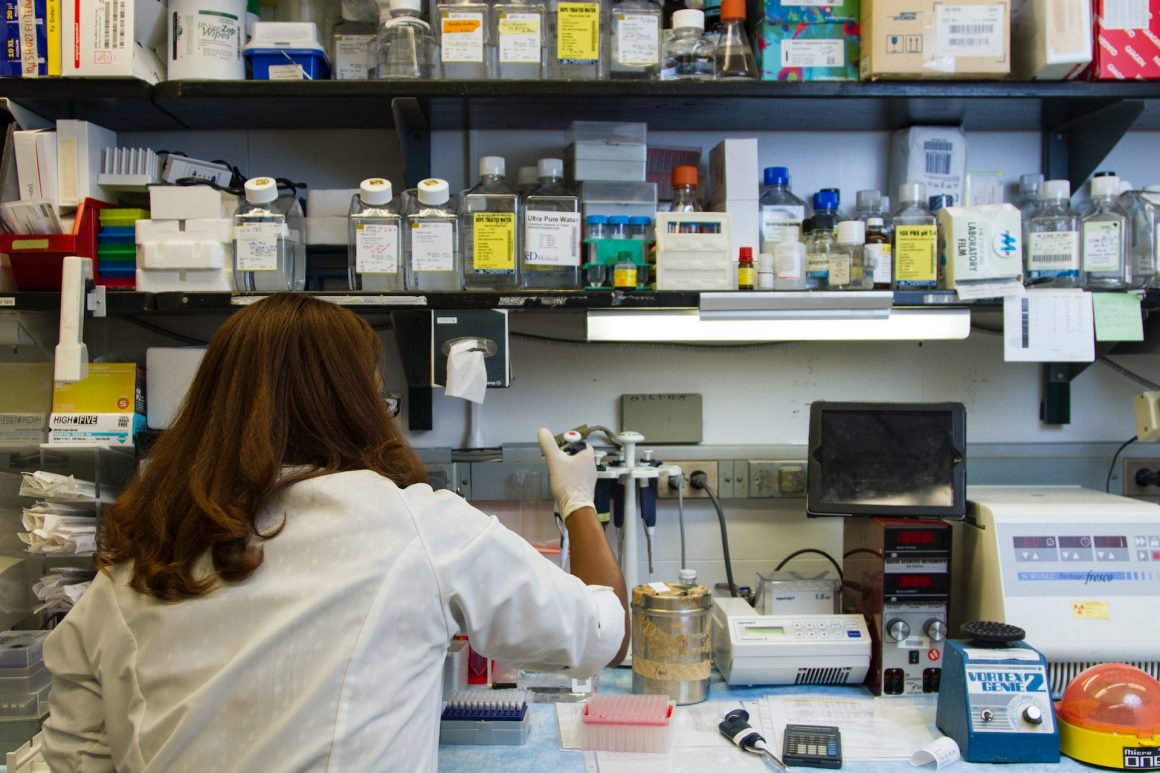Why are researchers still “dawdling” in their search for a cure for one of the most serious diseases facing humanity, with millions in need of an effective therapy?
The ongoing search for a cure for Alzheimer’s disease has generated much controversy in recent years, with various groups vying to control the direction and progress of research.

In July 2022, the scientific journal Science claimed that data in the leading journal Nature from 2006 linking beta-amyloid protein to Alzheimer’s disease may have been fabricated.
The US Food and Drug Administration approved aducanumab, an antibody directed against beta-amyloid, as a potential treatment for Alzheimer’s disease in June 2021. Although clinical data supporting its efficacy are scarce and conflicting, some doctors believe it warrants further research, while others are adamant that it should never have been approved.
Breaking the beta-amyloid rut
For years, researchers have sought new therapies for Alzheimer’s disease by focusing on the formation of deadly, brain-toxic aggregates of beta-amyloid. Scientists may be in an intellectual rut by focusing almost entirely on this approach, often neglecting or even ignoring other viable explanations. Although researchers have focused on studying the “protein clumps” that cause Alzheimer’s, this has not yet led to a useful drug or therapy. A new way of thinking about Alzheimer’s is emerging as a top priority in brain science.
At the Krembil Brain Institute in Toronto, researchers have been working for 30 years to better understand Alzheimer’s disease. They believe it is not primarily a disorder of the brain, but rather of the brain’s immune system.
The immune system, found in every organ of the body, is a network of cells and molecules that work together to help heal tissue and defend against outside invaders. The immune system helps repair damaged tissue when a person trips and falls. When a person contracts a viral or bacterial disease, the immune system helps fight these microorganisms.
Our brains react in exactly the same way when we get a head wound or have an infection. In both cases, the brain’s immune system steps in to help us recover.

Alzheimer’s as an autoimmune disease
We believe that beta-amyloid is a normal protein that belongs to the brain’s immune system and not an abnormally produced protein. It is meant to be there. When traumatic brain injury or bacteria are present in the brain, beta-amyloid significantly participates in the entire immunological response of the brain. And here lies the opening.
The lipid molecules that form the membranes of bacteria and brain cells are almost identical, confusing beta-amyloid brain cells with invading bacteria. As a result, it attacks healthy brain cells and kills them instead of protecting them. The long-term consequence is dementia, because the immune system cannot distinguish between bacteria and brain cells, leading to a chronic, progressive loss of brain cell function.
Think of Alzheimer’s disease as an autoimmune disease in which the brain’s immune system confuses the organ it is supposed to protect with a foreign invader. There are several types of autoimmune diseases, such as rheumatoid arthritis, in which autoantibodies play an important role in the development of the disease and for which steroid-based therapies may be useful. However, these treatments do not help with Alzheimer’s disease.
The brain is a very unique structure called the most complicated thing in the cosmos. Beta-amyloid, according to our Alzheimer’s hypothesis, helps maintain and boost our immune system, but it also plays an important role in the autoimmune mechanism that we believe may lead to Alzheimer’s disease.
Autoimmune drugs may not be effective against Alzheimer’s, but we are confident that other methods that target the brain’s immune-regulating pathways will.

Other theories about Alzheimer’s disease
In addition to this autoimmune theory of Alzheimer’s, many other new and varied theories are beginning to appear. For example, some scientists believe Alzheimer’s is a disease of small cellular structures called mitochondria – the energy factories in every brain cell. Mitochondria convert oxygen from the air we breathe and glucose from the food we eat into the energy needed to remember and think.
It is also suggested by some scientists that it results from a brain infection, with bacteria from the mouth being popular suspects. Others argue that the disease may be caused by improper handling of metals in the brain, such as zinc, iron or copper.
It’s great to see new ideas for an old problem. More than 50 million people worldwide suffer from dementia, with a new case every three seconds. Many Alzheimer’s patients can no longer identify their own children or spouses who have been together for more than 50 years.
We must take proactive action against Alzheimer’s disease because it is a public health crisis that will only get worse over time. The people and families living with dementia deserve our support, and we must find new ways to effectively treat the disease. Only by working together can we hope to make progress against this devastating disease.








